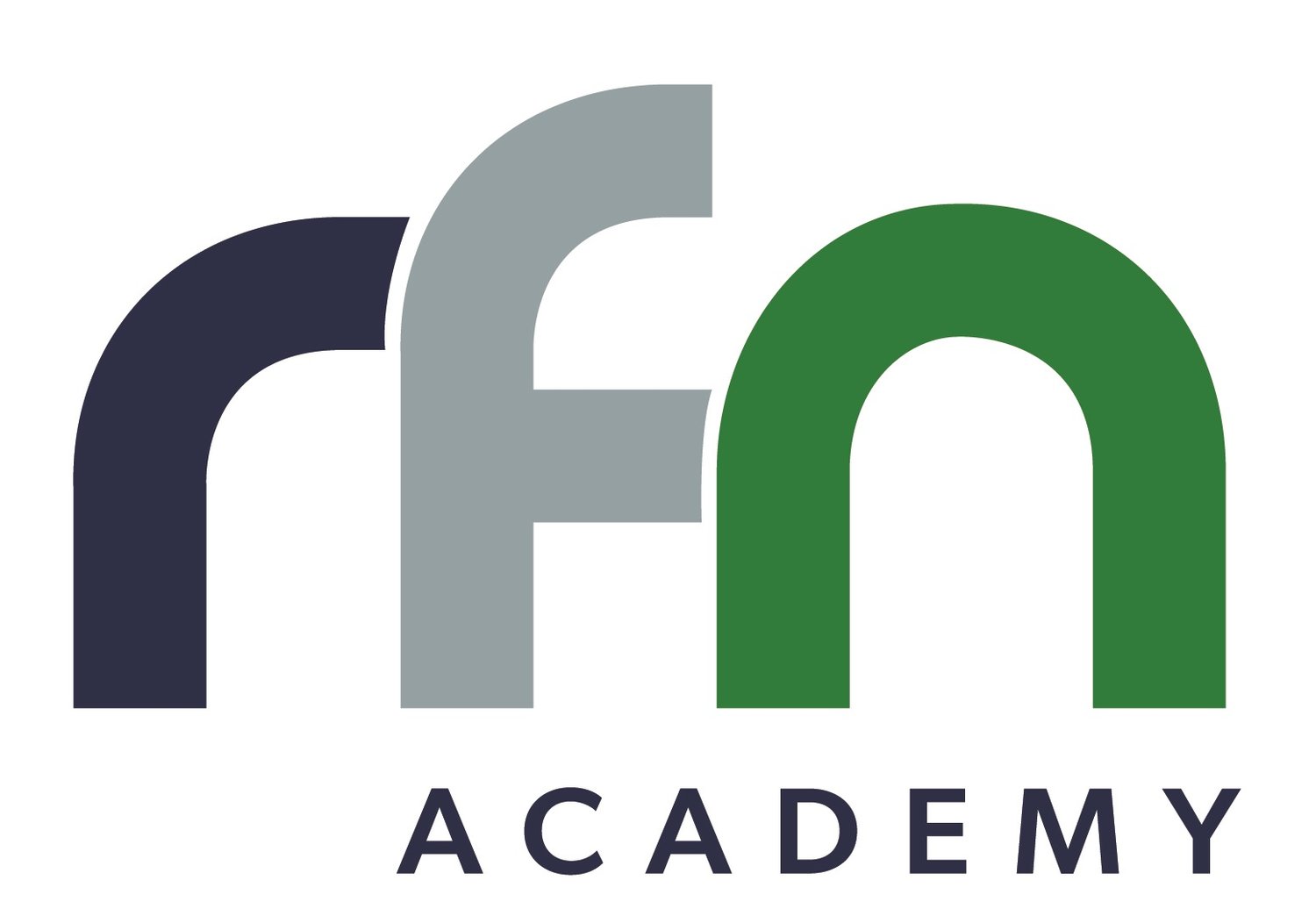how will you navigate the year ahead?
“The beginning is the most important part of the work.” – Plato
Welcome to January, the month of possibility and fresh starts. A time of year when collectively, we’re contemplating the months ahead and all we’d like to achieve. We’d wager this shared attitude is the reason why January is also International Wayfinding Month. If this is the first you’re hearing of it, wayfinding refers to “information systems that guide people through a physical environment and enhance their understanding and experience of the space.”
Envision a bustling airport. Everyone is scrambling trying to navigate a high stress setting with limited time. Simmering anxieties of being delayed at security or missing flights are threatening to boil over. Be it time, money, personal and/or professional deadlines, everyone has something at stake if they cannot navigate the environment smoothly.
In the way seeing a familiar face in a crowd can bring relief, good wayfinding design reduces the complex and overwhelming environment to something manageable, maybe even enjoyable. Sprawling terminals aren’t so chaotic when we have clear signage, prominent arrows and easy to read maps. Wayfinding is partly responsible for how we’re feeling by the time we get to our gate.
“As architectural environments become more complicated, people need visual cues such as maps, directions and symbols to help guide them to their destinations. In these often high-stress environments, effective wayfinding systems contribute to a sense of well-being, safety and security.”
Have you caught wise to our extended “wayfinding as proper planning” metaphor?
Whether you’re a diehard fan of new year’s resolutions or you’d prefer to ditch the resolutions in favor of something less rigid, there is something to be said about the power of strategic planning, specifically the act of setting goals, at the beginning of a new year. Much like wayfinding, goals are the signposts helping us navigate through uncharted or difficult territory. They’re how we can step back and take stock of our progress and determine what remains to be done.
Julie Keyes of KeyeStrategies stands by the power of goal making. In her Jumpstart Your Exit Planning Practice course for advisors on RFN Academy, she explains how:
83% of society does not set goals
14% of society sets goals but does not write them down
Only 3% of society sets goals and writes them down
We’ll give you one guess as to which of the three groups are most successful.
A strategic plan is different from a business plan in that it more action based and reserved for businesses that are already in operation. An effective strategic plan involves setting goals and objectives that will realize a specific strategy and outlines the tactics required to support the overall effort. Professional advisors and business owners alike benefit from having a strategic plan or plans in place because it keeps them focused on achieving shorter term goals (to the benefit of the longer-term goals) and orients us through the passage of time.
Our suggestions for starting the year off right are as follows:
For owners
Spotlight Assessment The Spotlight Assessment will help you uncover the major hurdles within your business that may be holding back your company’s growth potential.
We have developed a resource for you to layout a high-level plan for your year.
For advisors
Jumpstart Your Exit Planning Practice course The course will help ensure your value acceleration and transition planning practice gains traction and grows. You will leave the program with a clear path to building your exit planning practice.
One-on-one Mentoring Book a mentoring session with one of our experienced value advisors – Sean, Cindy or Julie – to help you build, challenge and grow the capabilities of your exit planning business.
We have developed a resource for you to layout a high-level plan for your year.
